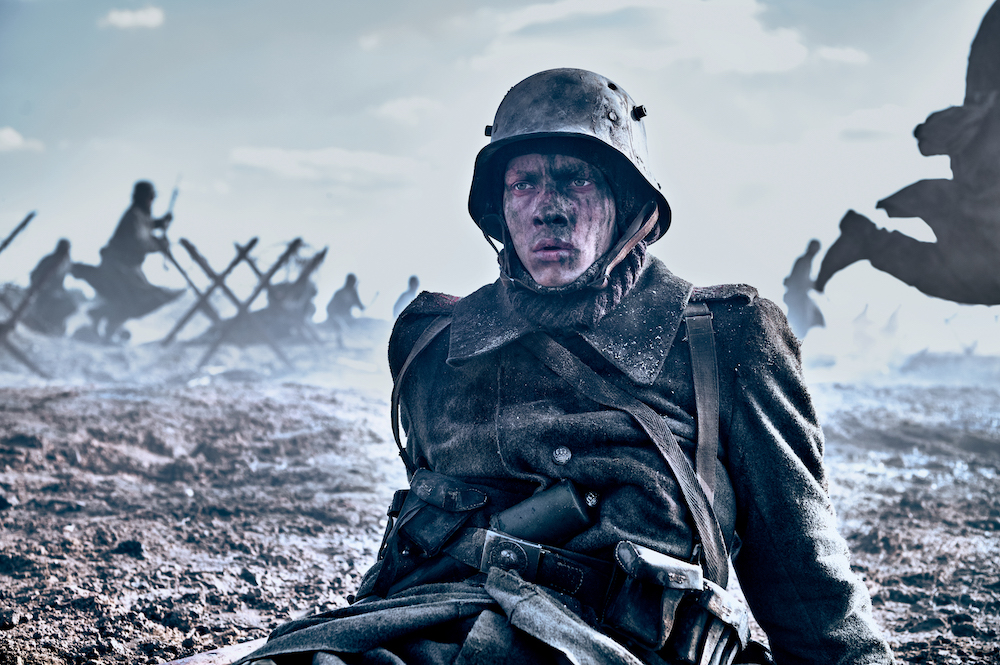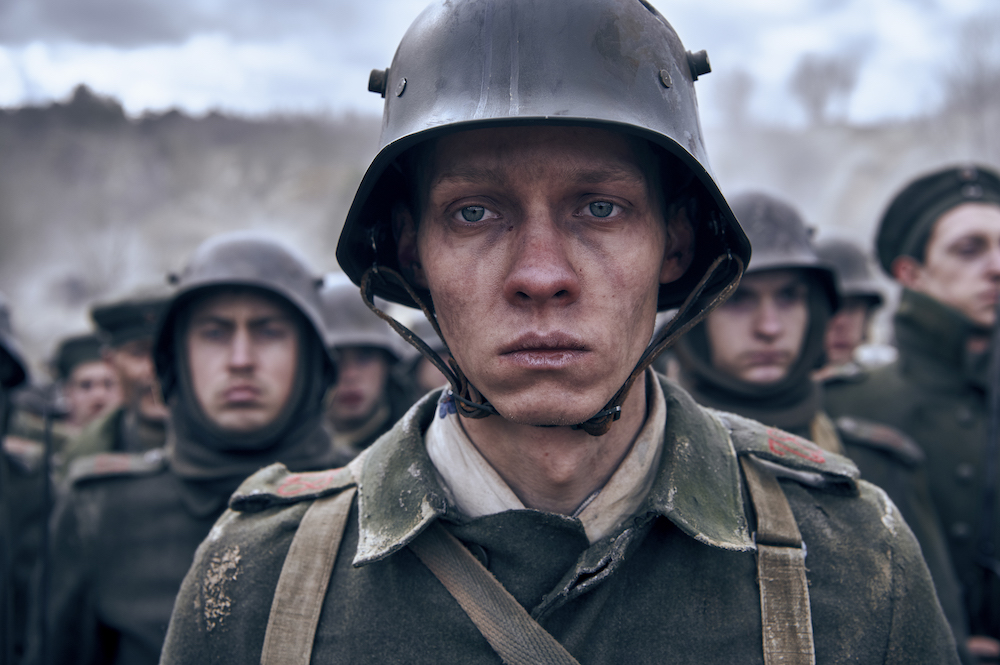Netflix’s war movie ‘All Quiet on the Western Front’ follows the story of a German soldier named Paul Baumer. Set during the World War 1, 17-year-old Paul joins the army with his friends, chasing the adventure and glory that comes with being a soldier. Soon, however, all of them are broken by the death and destruction of war, and they become completely disillusioned with it.
Over the course of the film, we see Paul turn from an innocent, bright-eyed teenager to a war-weary man who knows that only killing the enemy can ensure his survival. This turn of events for Paul is utterly heart-breaking to watch, and it makes us wonder about the element of truth in the story. Was Paul Baumer a real German soldier in the First World War? Let’s find out.
Paul Baumer is a Fictional German Soldier
No, Paul Baumer is not based on a real soldier. The character originates from Erich Maria Remarque’s book, which serves as the source material for the Netflix film. The author is said to have based the story on his own experience in the trenches while serving in the Imperial German Army during the events of World World I. It is not confirmed whether or not Remarque based Baumer on himself, but he seemingly did bring some elements from his own life into Paul’s story. Most notable of these is the disillusionment suffered by the protagonist after fighting on the front lines.

While the author might not have based the entire character on a real person, it is believed that he borrowed the name of a real German soldier. Paul Wilhelm Baumer AKA Iron Eagle was a German fighter pilot who served in the army during the First World War. The events in ‘All Quiet on the Western Front’ take place in 1917, when Paul joins the army and arrives on the frontlines. By this time, the real-life Paul Baumer had already been promoted to the rank of Gefreiter. Reportedly, he had an illustrious record serving the country.
It is believed that Remarque’s path might have crossed with Baumer’s when the latter turned to the profession of a dental assistant. The author might have been his patient, and Baumer’s life and career in the army might have inspired him to use his name as the protagonist. However, it is also possible that the similarity between the names of the fighter pilot and the novel’s protagonist is just a coincidence and that Paul Baumer is too common a name in Germany. Regardless of where the name came from, Remarque seems to have drawn upon something more real to set the arc for his protagonist’s story.
It is based on the psyche of the German youth who were inspired by the nationalist sentiment that had started to take hold in the country. At one point, Baumer and other soldiers are described as “the Iron Youth.” While this is not some youth organization that would have been functional back then in Germany, it does remind the audience of the Hitler Youth, which consisted of boys from the ages of 14 to 18 prepared for war. Despite the similar undercurrents, the Iron Youth is not connected to the Hitler Youth, considering that Remarque’s novel came out in 1929, a few years before Hitler came to power.
Instead, the term is used as a compliment to encourage young men and ignite the fire of fighting for their country in them. It becomes a core element of the story as we see this patriotic feeling turning into a dejected outlook on life. Through Paul’s story, Remarque hoped to bring forward the harsh realities behind serving in a war and living in the trenches while trying to make it to the next day. The film holds on to that emotion, and from the perspective of Paul Baumer, presents a harrowing picture of wars.
Read More: Are Albert Kropp and Tjaden Stackfleet Based on Real WW1 Soldiers?


You must be logged in to post a comment.